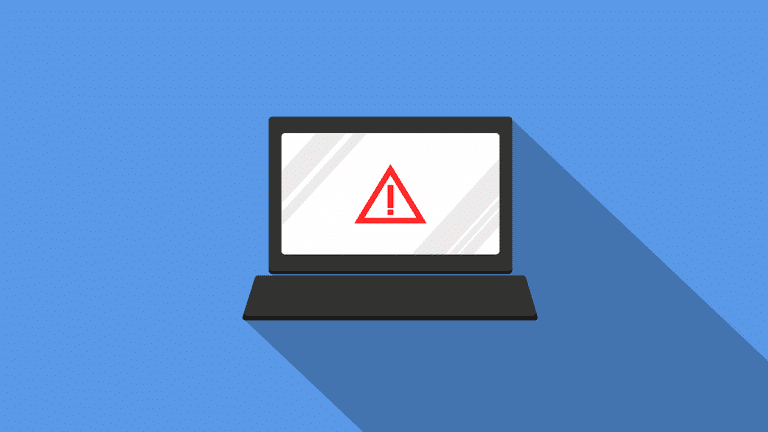With the development of any new technology, someone will look for ways to abuse that tech — and modern tech is no different. Even before the internet, viruses spread between computers, causing destruction and mayhem; as the internet arose, malware became more sophisticated, morphing into an incredibly dangerous, persistent threat to individuals’ and businesses’ safety.
The following five viruses were so effective that they have earned a place in our collective memories — but many of them fail to hold a candle to emerging malware.
Contents
Elk Cloner
Among the first wild computer viruses — meaning it escaped a computer laboratory to infect machines in homes and offices — Elk Cloner emerged in the early ‘80s. Written by a 15-year-old as a harmless prank, the virus did little more than displaying a short poem on infected computers, but it was exceedingly contagious, immediately copying itself onto any floppy disk inserted into compromised machines. However, the virus could only spread via floppy disk, and once a computer recovered from the virus, it was inoculated for life.
Modern viruses most often spread over the internet, infiltrating devices through images, links, and downloads. Worse, viruses are constantly mutating and changing, so even having a virus’s signature stored in an anti-virus program might not provide adequate protection from repeat attacks.
ILOVEYOU
Among the most sinister-sounding of all computer viruses, ILOVEYOU made global headlines for being the most virulent malware of all time. In 2000, malware was still relatively unheard-of, and most users were unfamiliar with what we consider now to be basic cyber hygiene. Thus, when users received emails with subjects reading “I love you” and a love note attachment, they opened them with aplomb. Unfortunately, that caused a massive malware attack, in which ILOVEYOU rewrote all personal and system files, losing users all their data.
ILOVEYOU has long been ousted from Guinness’s world record for the most virulent computer virus, and users are now much better at identifying malicious emails and links. As a result, modern malware finds more subtle ways to insinuate itself onto machines, making it much more difficult to catch and prevent. Today’s device users must rely on maximum security products to keep their data safe.
MyDoom
Following in ILOVEYOU’s footsteps, MyDoom is another email-based virus that made headlines and held records. In a matter of months in 2004, MyDoom was released, spread around the internet and attacked major tech companies, including Microsoft, Googl, and SCO. Though the virus’s programmers programmed a cease date, in its heyday, more than one-quarter of all emails sent contained the MyDoom virus. Ultimately, the virus cost companies more than $38 billion — which is a monumental sum even now.
Today, it’s uncertain exactly how much money businesses lose to cybercrime every year; the figures range between $1.3 million and $21.2 million per enterprise. Though individual viruses might not wreak as much financial damage as MyDoom, the sheer volume of malware constantly threatening businesses creates substantial expenses. Worse, few modern cyberattackers are willing to program end dates for their malware, so threats persist relentlessly.
SQL Slammer
Prior to SQL Slammer (or Slammer, for short), most malware focused on infecting computers. Conversely, Slammer went after servers, specifically those used to host the internet. Worse, Slammer moved fast; just 10 minutes after the virus was released in 2003, it had infected more than 75,000 machines, including more than half of all internet servers. As a result, several critical systems slowed and crashed, including Bank of America’s ATMs as well as 911 emergency services around the country.
This might have been the first instance of malware attacking devices besides computers, but it certainly wasn’t the last. Because computers are becoming near-impenetrable, cybercriminals most often use other connected devices to infiltrate networks and gain access to valuable data. For example, the Internet of Things has a terrible reputation for vulnerability. Worse, viruses that can operate non-computer machines have been developed and released, which is a horrifying development in cyberwarfare — just read about Stuxnet.
Anna Kournikova
In the early ‘00s, tennis star Anna Kournikova was among the most-searched-for keywords on Google and other engines. As a result, a 20-year-old tech student wrote a virus carried by email that purported to include pictures of Kournikova attached. Though the virus did little harm — merely forwarding itself to users’ Outlook contacts — its creator was so wracked with guilt that he turned himself into authorities, admitting the virus was meant to be a joke.
Unfortunately, cybercriminals these days rarely produce malware for fun, and they never hand themselves over. Malware is a serious crime that can put perpetrators away for several years. Yet, because authorities have few means of tracking virus creators — and because the industry is so lucrative — punishments for malware propagation hardly discourage criminals from disseminating harmful programs.

